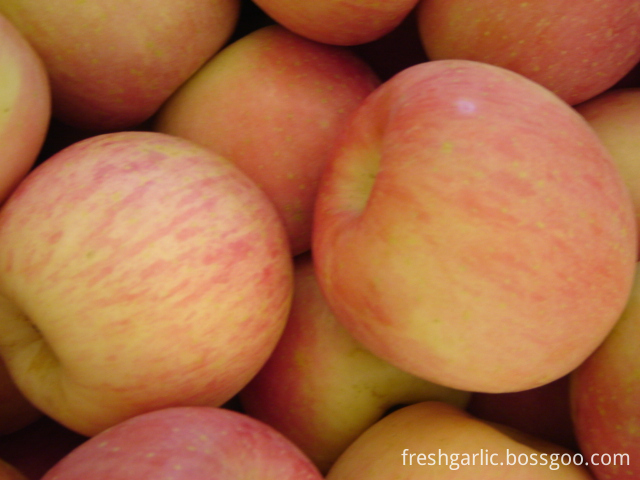The construction of the seedbed is selected to dig a rectangle with a depth of 50~60cm in the sunny section of the leeward area. The east-west direction is preferable, and the size of the shed can be varied to facilitate the construction of arch sheds. The bottom is covered with 20cm thick sand and the plastic shed is built above. Insulate with shelter.
Mining strips are generally used from late October to early November. After the mother plant has stopped growing, the two-year-old gold leaf privet is used for new shoots. It is best to use the lignified part and cut into 15 cm cuttings to remove all the lower leaves. Leave 2 to 3 leaves in the upper part. Cut 1 cm of the upper bud on a flat cut. Cut the underside of the bud into a horseshoe shape. Use a 0.5% potassium permanganate solution for disinfection after one day.
Before cutting and cutting, use a wooden stick that is slightly thicker than the cutting head to make a hole, insert it slightly, or use a spade to loosen the sand to be inserted and insert the cutting directly. The cutting density is preferably that the blades do not contact each other and the distribution is uniform.
After the management is plugged in, it is sprayed with clear water, so that the temperature inside the booth is maintained at 20°C~30°C. If the temperature is too high, pay attention to the wind at both ends of the arch and shade. Spray water 1 or 2 times a day before rooting, from 10:00 to 11:00 a.m. or 13:00 to 14:00 a.m., depending on the circumstances. Keep the relative humidity above 95%. As the weather gradually becomes colder, pour one permeable water and cover the shed tightly for the winter. In the spring of the next year, young shoots will grow new shoots and give birth to new roots. Then they will spray water, vent their winds, and consolidate their seedlings. When the outside temperature is right, they can transplant their plants in the nursery, and they can grow into seedlings for use in the autumn.
Fuji apples are typically round . Fresh apples contain between 9–11% sugars by weight and have a dense flesh that is sweeter and crisper than many other apple cultivars, making Fuji apples popular with consumers around the world. Fuji apples also have a very long shelf life compared to other apples, even without refrigeration. With refrigeration, Fuji apples can remain fresh for up to a year.
1. Commodity name: Fuji Apple
2. Feature: Red color, sweet and crisp3. Coloration: 80%-85% and up, color type seperated with blush or strip, smooth and bright skin
4.Origin: Shandong province of China
5. Packing:
a) Inner packing: With tray, foam net and plastic bag
b) Outer packing:
10kg/ctn: size 28/32/36/40/44/50/56;
20kg/ctn: size 64/72/80/88/100/113/125/138/150/163/175/198;
c) according to clients' special requirements.
6. Supply Period: October to next August
7. Conveyance:
a) 10kgs/ctn: 2156ctns/40' HR
b) 20kgs/ctn: 1106ctns/40' HR
8. Transporting and storing temperature: 0°C

Fuji Apple
Fuji Apple,Fresh Apple,Red Fuji Apple,Fresh Fuji Apple
JINING FORICH FRUITS & VEGETABLES CO., LTD. , https://www.forichgarlic.com